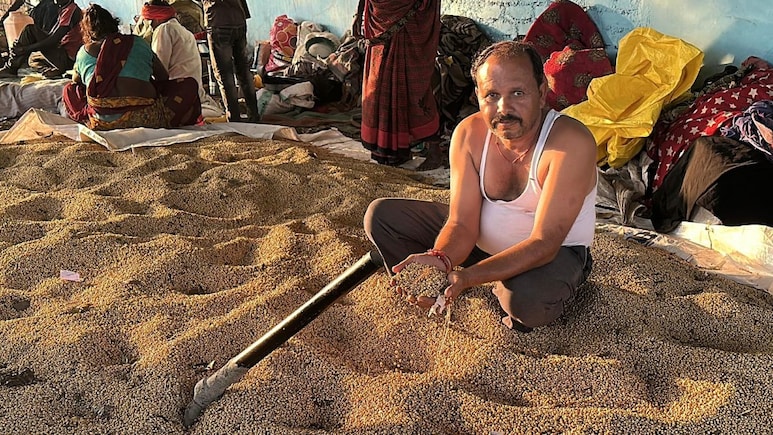
- Madhya Pradesh produces nearly half of India's soybean crop, earning the title of the soybean bowl of India
- Farmers face heavy rains, crop diseases, and low market prices, increasing debt burdens
- The government has introduced the Bhavantar Yojana to compensate farmers for price gaps between market and MSP
Madhya Pradesh stands as the heart of India's soybean production, contributing nearly half of the nation's supply and earning the state the title of India's soybean bowl. The government claims this achievement is due to the tireless efforts of farmers and improved agricultural infrastructure. Yet, for the farmer standing in his rain-drenched field, the reality tells a different story.
Farmers across villages are grappling with the impact of heavy rains and rampant crop diseases. Many took loans to purchase seeds, fertilizers, and pesticides, banking on a good yield to repay their debts. Now, with their crops reduced to waste, they are burdened with unpaid loans and an uncertain future.
"The crop is completely destroyed. If the government helps a little, we'll survive," Pawan Kumar, a farmer from Saharvasa village, said standing amidst his rotting fields. He added that he'll have to sell his land if he's not able to repay the loans he took to purchase seeds for the crop.
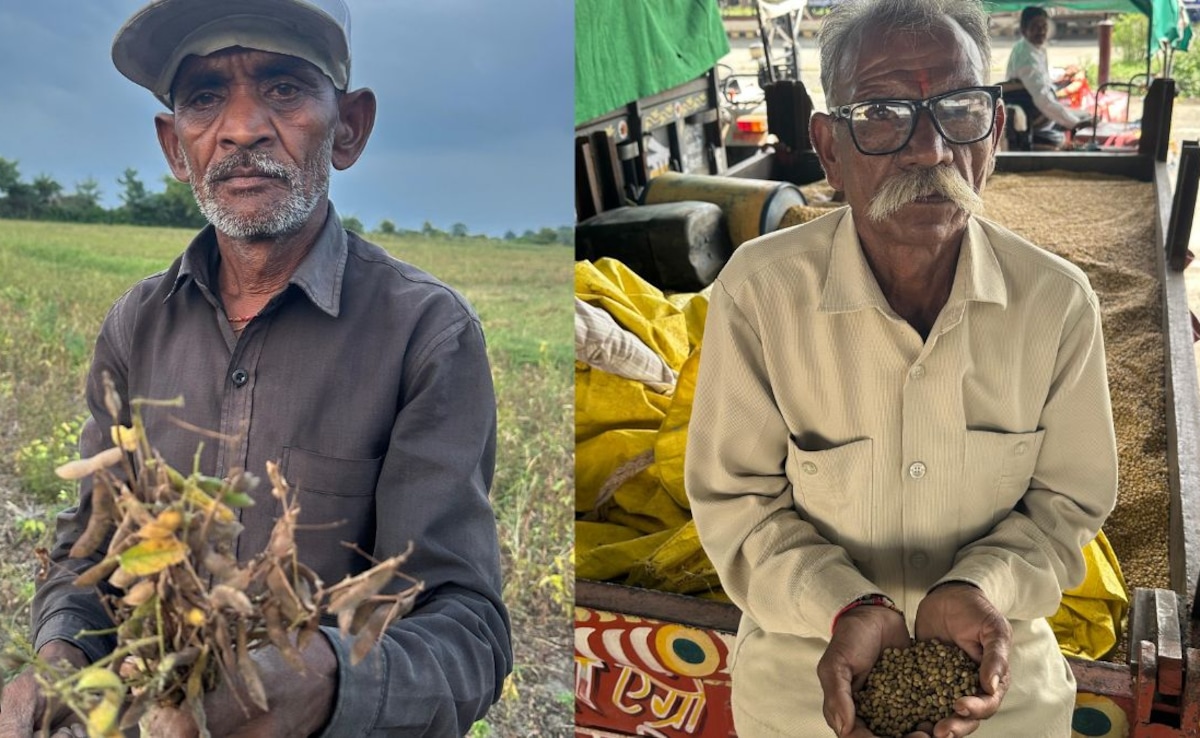
Vaijayanti, another farmer from the region caught in this cycle of loss, said, "There's nothing in the pods, just small grains. What's left? I'll either have to leave the village or sell the land."
For Kalyan Singh Dangi, the story is no different. He cultivated 30 bighas of land on borrowed money, only to watch his crops succumb to rain and disease.
The Minimum Support Price (MSP) for soybean is Rs 5,328 per quintal. However, in Bhopal's Karaund market, no farmer receives more than Rs 3,800 per quintal.
Farmers who managed to bring their soybean harvests to market are no better off than those whose crops rotted in the fields.
Gayaram, a farmer from Dobra, has lost 40 to 50 quintals of soybeans to rain and disease, making his harvest nearly worthless. The Rs 20,000 he invested in fertilizers has gone to waste, adding to his mounting debts.
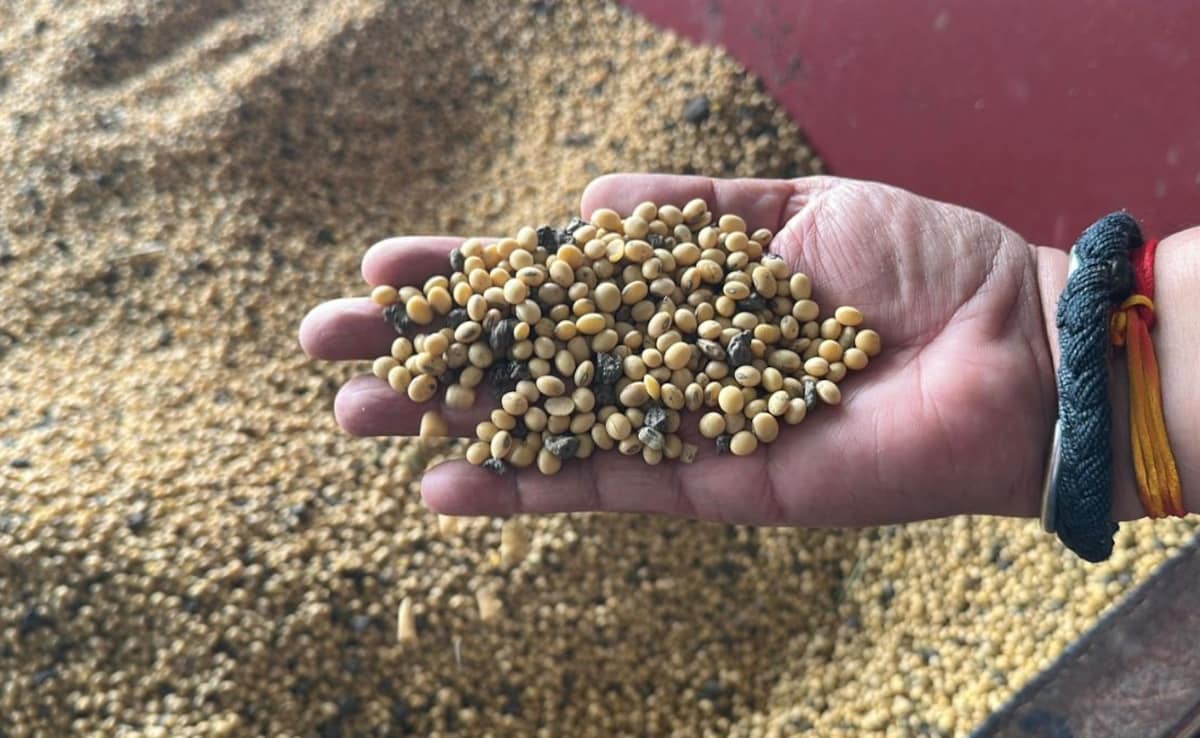
Another farmer, Diwan Singh Raghuvanshi, said, "We produce four to five quintals per acre, and sell it at Rs 3,200. This doesn't even cover our costs."
Traders say that the soybean harvests are often compromised in quality. "Moisture-laden, sub-standard produce is flooding the markets. Better quality soybeans fetch Rs 4200 to Rs 4300, but most farmers don't have that luxury," Harish Gyanchandani, head of the mandi association, explained.
Madhya Pradesh Chief Minister Mohan Yadav announced that the Bhavantar Yojana will be implemented for soybean farmers to bridge the gap between market price and MSP, and they will not be allowed to suffer losses under any circumstances.
For example, if a farmer sells soybeans at Rs 3,600, the government promises to pay the difference of Rs 1,728 per quintal, bringing him closer to the MSP.
Mr Yadav on Thursday said his government is committed to ensuring farmers receive a fair price for the soybean crop.
In 2017, the introduction of the Bhavantar Bhugtan Yojana ended up causing more harm than relief. Designed to compensate farmers when market prices fell below a government-set minimum, the scheme was rolled out with limited procurement windows. This restricted timeframe led to a sudden surge in soybean supply as farmers rushed to sell their produce within the designated period.
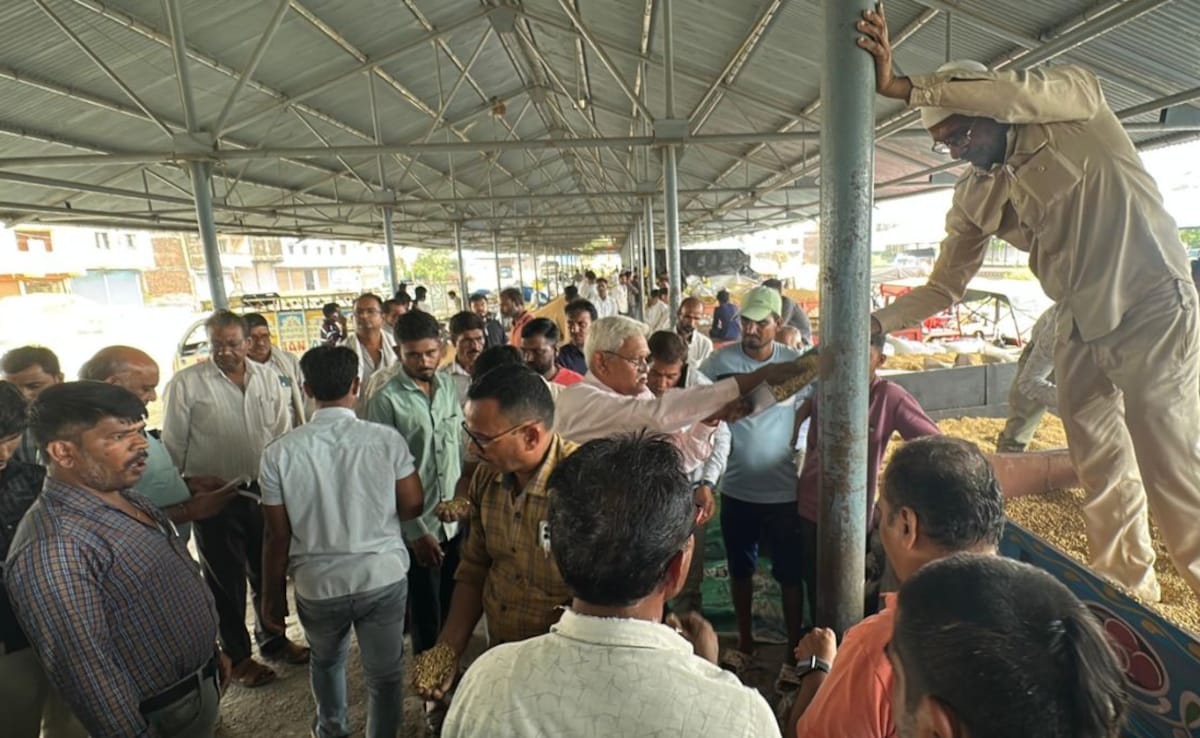
The oversupply flooded markets across Madhya Pradesh, Rajasthan, and Maharashtra, driving soybean prices down by 30 to 35 percent, with prices dropping from approximately Rs 3,000 per quintal to as low as Rs 1,800 to Rs 2,200 per quintal. This meant that the scheme couldn't provide the financial stability that it was meant to ensure.
Additionally, the payments under the scheme were delayed by over a month, far too late for farmers who needed cash to cover harvesting costs, repay loans, or prepare for the next planting season.
"The farmer needs money today, not next month. He has to pay workers, prepare fields, and feed his family. Bhavantar's money comes too late," Diwan Singh Raguwanshi, a farmer, said.
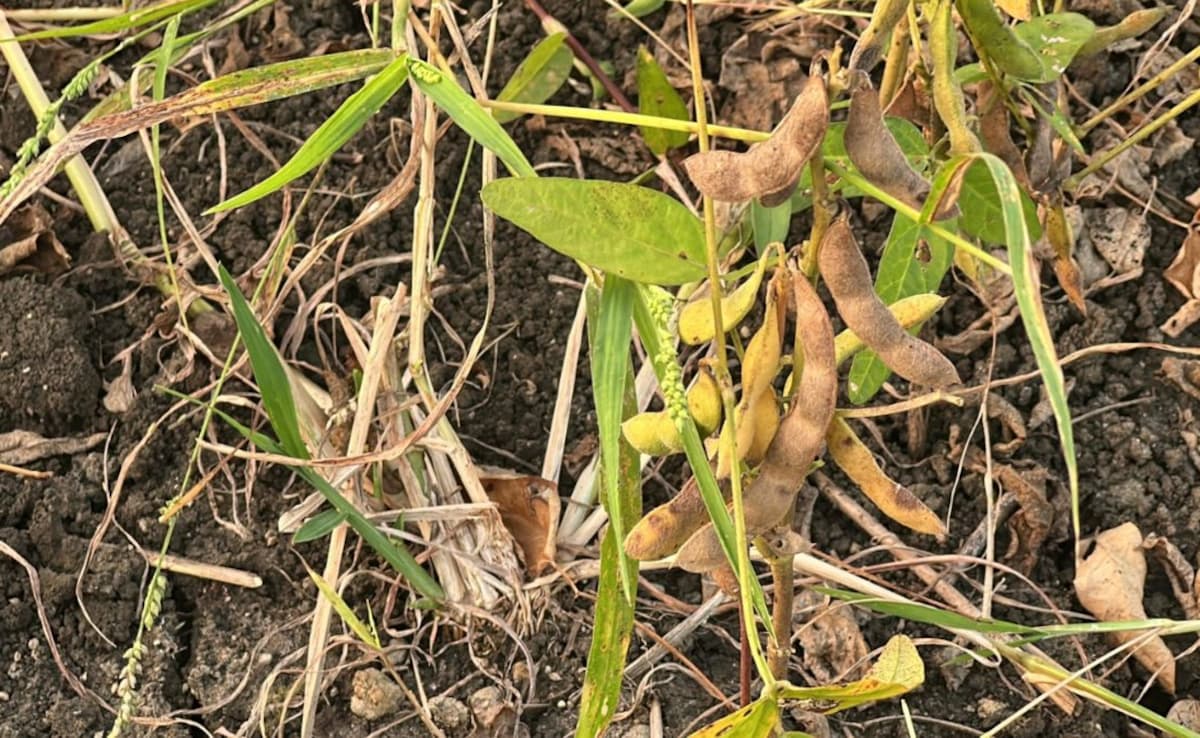
The opposition argues that the scheme's structure benefits large industries and not small-scale farmers. "This scheme only benefits big industry. Artificially lowered prices let companies buy cheap and stock up for a year. Farmers are left exploited. Without real monitoring, Bhavantar becomes a tool of profiteering, not relief," Kedar Sirohi, leader of the Congress farmer cell, said.
Despite criticism, the government is moving ahead with the Bhavantar scheme for this crop season. This year, the registration for the scheme will be open from October 10 to October 25. The scheme will run from November 1 to January 31 next year, with payments directly deposited into farmers' accounts after verification of their land records.
With more than 66 lakh hectares of cultivated soybean crops, Madhya Pradesh is the largest producer of the crop in India.
Track Latest News Live on NDTV.com and get news updates from India and around the world

